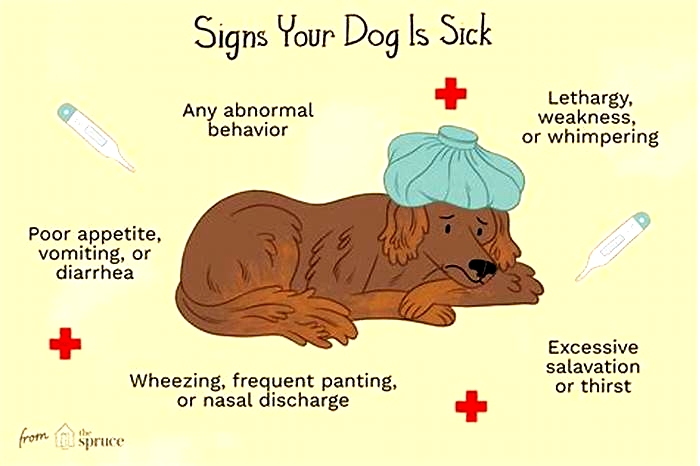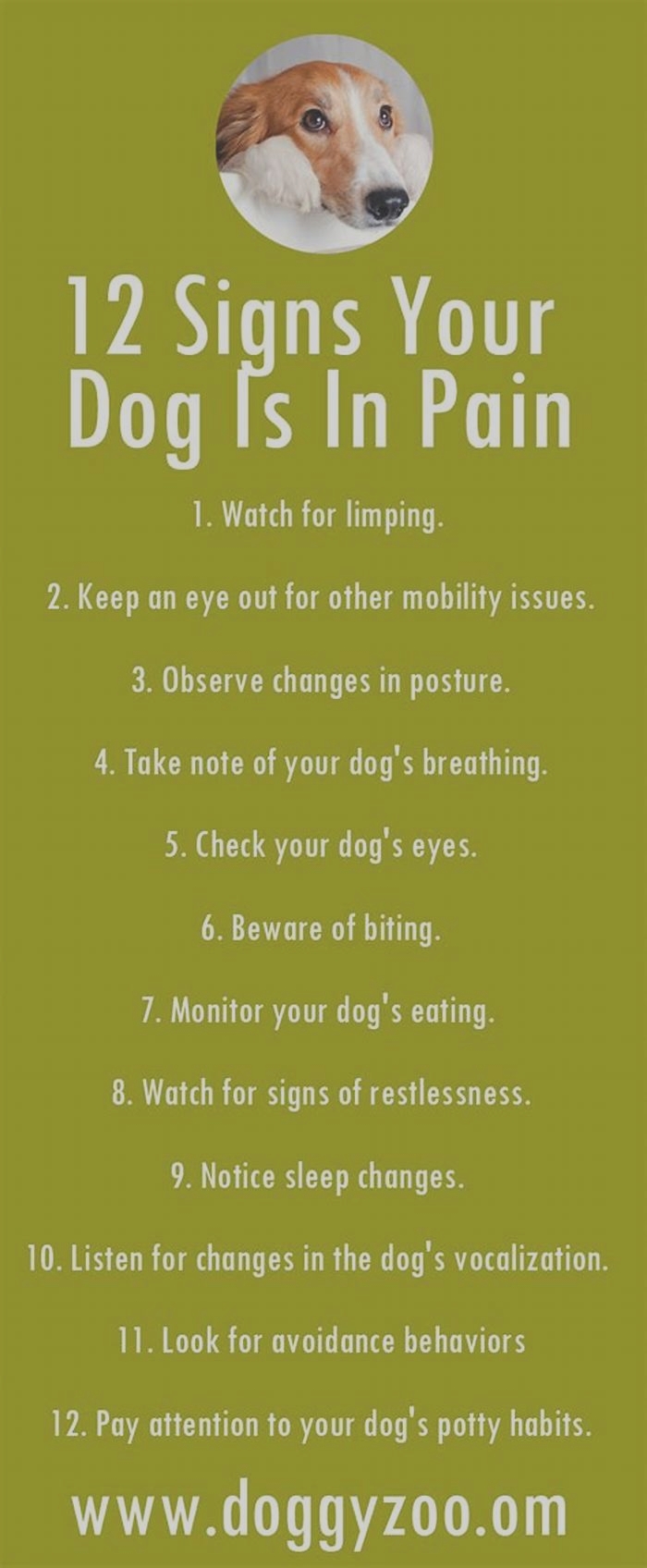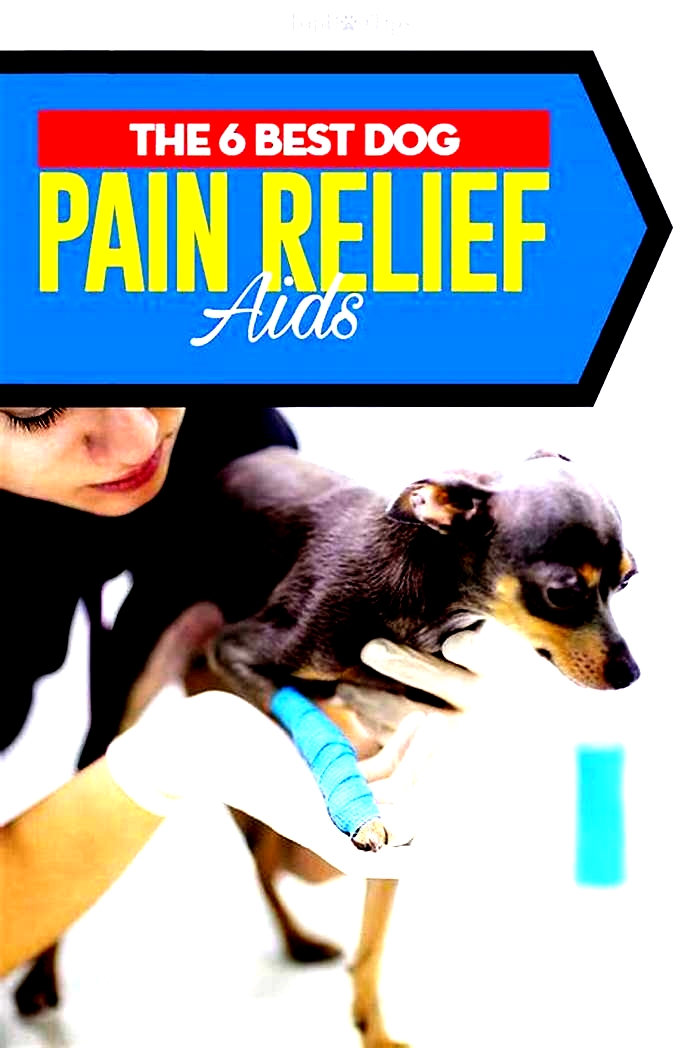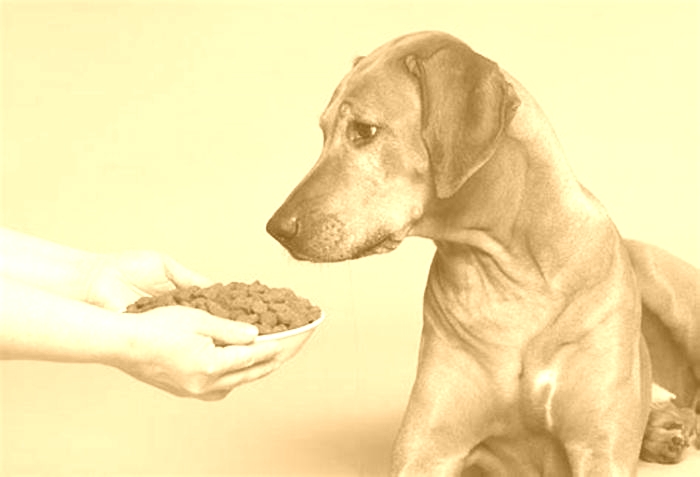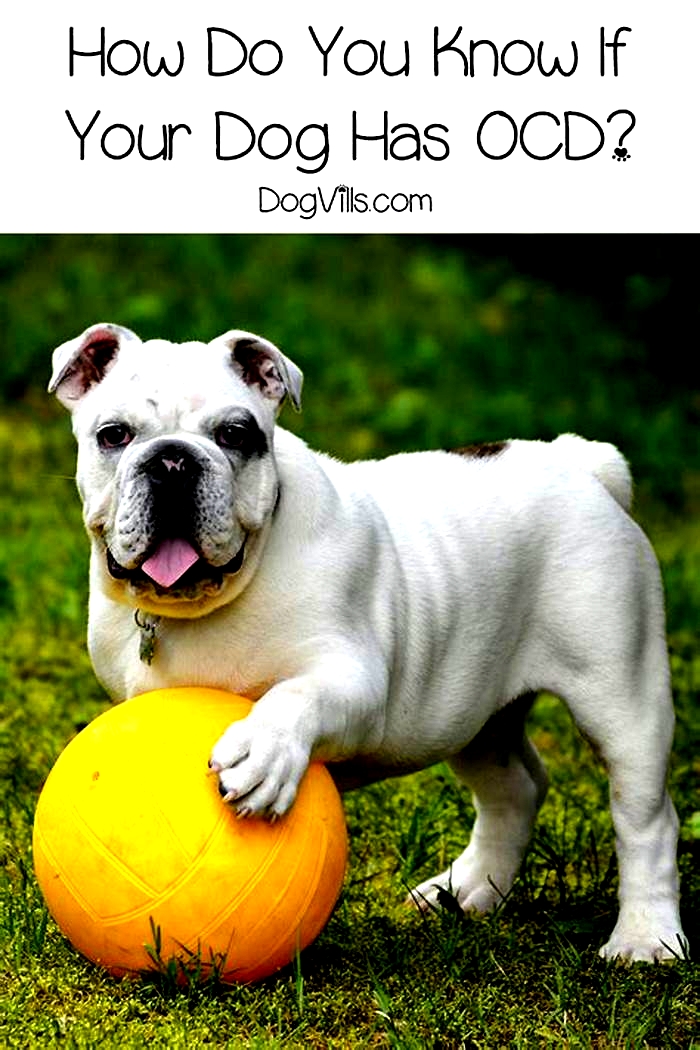What is silent pain in dogs

Written by Australian Dog Lover
10:30:00- 0 Comments
Saving service dogs from unnecessary early retirement due to silent pain Highly trained service dogs and working dogs are worth their weight in gold to the people who they support. They help blind people move through life safely.
They help kids with epilepsy, by sensing when fits are coming. They help people with PTSD feel safe, so they can go out in public and live a richer life. They help farmers move stock calmly and effectively.
They seek out lost kids, or people buried under rubble after disasters.
They work with police and armed forces as protection dogs. They sniff out drugs and contraband at our borders. They race on tracks.These highly trained dogs are a massive investment.
I saw a client in the vet clinic the other day who had invested $30,000 dollars in a support dog for her son with disabilities and epilepsy. This dog had made a massive difference in her sons life.
 |
| Kelpie Hoover sold for $35,200 at theCasterton Working Dog Auction in June 2021 |
These dogs are the superstars of the canine world highly intelligent, athletic, able to perform high level skills under pressure. They are often literally irreplaceable. At the same time, its important to honour the fact that all dogs are service dogs in disguise, working undercover.
Our beautiful canine companions offer everyone who shares their lives so much love, emotional support, and company. They might not be as highly trained, or cost as much to breed or train. But our every-day pets are every bit as valuable to their humans. Many people spend $5-10,000 dollars to buy a new pup.
I have many clients who have spent $30,000 or more on vet bills for severe illness, major surgery, etc. We love our dogs to bits, and would never want our companion animals to suffer silent pain either! Silent pain is often invisible to dog guardians All dogs experience wear and tear on their bodies as they age.
Playing with their friends, chasing the ball, running on the beach, even regular walking cause silent pain and tension to build up in the soft tissues of the body over time. Silent pain - soft tissue pain - is found especially in the fascia (connective tissues).
Professional working and support dogs often have a lot more physical demands their workload causes additional stresses and strains on their bodies.
Im a holistic veterinarian. My life work is finding and healing silent pain in dogs with massage/bodywork (and teaching pet owners and pet wellness professionals how to do this for their own dogs).
The raw truth is that more than half the dogs I examine have silent pain that their humans dont know is there.
There are several important reasons for this pain being silent, or hidden, even from the most devoted and well informed dog guardians.Even many vets miss this kind of pain!
Lets look into why silent pain is often missed!There are a whole lot of really good reasons why dog owners and vets often miss silent pain. 1. Silent pain builds up very slowly, little by little over a long time. Subtle signs like animals getting a little slower, stiffer, or not working as enthusiastically as they used to are often chalked up to normal aging. |
| Belgian Tervuren Conner discovered the joy of massages at age 13! |
2. Dogs often will not vocalise their silent pain, even severe pain. Most humans believe that dogs will make a noise if they are hurting. 3. Dogs have deep instincts to hide pain or weakness as a survival trait. Wild animals that show injury or weakness are singled out by predators, and their own pack may turn on and kill sick or injured dogs. 4. Silent pain is soft tissue pain. This kind of pain is invisible to X-rays, CT scans, MRI scans and Ultrasound scans. (This is another factor in why many vets miss silent pain.) 5. The only way to accurately and consistently find silent pain in your dogs body is with a skilled hands-on assessment. You have to feel into the dogs body with your hands to find silent pain. (This is easy to learn how to do for your own beautiful dogs).
 6. In the case of service/working dogs, they are often high drive and tend towards higher pain tolerance. This masks the subtle signs that indicate when they may be developing silent pain.Before we dig a little deeper into silent pain (the most commonly missed problem I see in dogs in my veterinary work), I want to talk a little more about why vets miss silent pain. It doesnt mean they are bad vets! They simply have never been taught about silent pain, or how to assess for it effectively. I wasnt taught anything about this issue at university. Important signs that show when dogs may have silent pain
6. In the case of service/working dogs, they are often high drive and tend towards higher pain tolerance. This masks the subtle signs that indicate when they may be developing silent pain.Before we dig a little deeper into silent pain (the most commonly missed problem I see in dogs in my veterinary work), I want to talk a little more about why vets miss silent pain. It doesnt mean they are bad vets! They simply have never been taught about silent pain, or how to assess for it effectively. I wasnt taught anything about this issue at university. Important signs that show when dogs may have silent pain(You Need To Know These!)
A warning. These signs are important, but many dogs will show none of them and still be suffering with silent pain. Thats why a regular (at least weekly) hands-on assessment is something all dogs need! The first thing to look out for are any changes in behaviour. A small change in behaviour can be the tip of a huge iceberg of silent pain. Look out for: Any sense that something is not right with your dogs Any increase in your dog's reactivity or aggressionAny reduction in play behaviour Shaking, trembling, excess panting Not wanting to jump on the couch, bed, or into the car
The last one is really important. A lot of my clients think nothing of this, but every animal I get my hands on who doesnt want to jump on the couch has pain stopping them from doing so. The second thing to look out for are changes in how your dog moves and responds to you touching their body.
Any signs of slowness or stiffness in getting up and down Flickering or twitching of the skin under your hands when you stroke your dog Warm or hot areas on the body Not stretching at all, or stretching a lot Changes in posture Anything less than a vigorous wave of shaking from nose right through to the tail Again, the last one on this list is SUPER important. How dogs shake tell you a lot about the levels of silent pain in their bodies. But remember, these red flags arent present in significant numbers of dogs with silent pain Finding and treating silent pain in service dogs (professional + domestic or undercover) I have worked to help many, many dogs who had silent soft tissue pain over the years.I have seen highly trained actively working search and rescue Labradors who had pain that their handlers were unaware of.I have seen a half-dingo TV star dog who had silent pain issues. And of course Ive seen literally thousands of undercover domestic service dogs (aka pets) suffering with silent pain. When I treat these dogs with healing bodywork/massage, we see these dogs regain mobility, become happier, more playful, more active, and in the case of professional dogs, better able to focus and do their incredibly valuable work. And bodywork is not healing only for physical pain. Trauma and PTSD are far more common in professional working and service dogs many of these dogs are working in violent, stressful situations, and that takes its toll mentally and emotionally as well as physically.
 |
| Labrador working in the Canine Court Companion Therapy Dogs Program - Photo: Guide Dogs |
Some professional dogs have to be retired due to behavioural issues from PTSD, anxiety, etc.
And we are seeing more and more domestic dogs (aka undercover support/service dogs) who suffer with anxiety related issues.
Mental/emotional health for our dogs is super important, and bodywork can help dogs with anxiety and trauma too. The right quality of loving touch triggers a deep relaxation response in the dogs as you work with them a body level or somatic relaxation response. You can use bodywork to train anxious or traumatised animals how to relax, how to switch off, how to be calm and at peace.

I teach every day dog owners (and pet wellness professionals) from all over the world how to help their dogs with profoundly healing bodywork.
Imagine how much it could benefit your dogs, professional working and support dogs, and the people they serve, if they could learn how to find and treat soft tissue pain in their dogs with intentional touch?
Any pet owner can learn this and its a great way to repay the loyalty of our hard-working essential canine workers, and every-day undercover support dogs, our beautiful pets and life companions.
written by Dr Edward Bassingthwaite, the Healing Vet for Australian Dog Lover, December 2021 (all rights reserved).
About the writerDr Edward Bassingthwaite is a registered veterinarian doctor and holistic vet, with a big heart for animals.During his twenty-plus years of practice, he has developed a hands-on system of bodywork healing called Whole Energy Body Balance (WEBB). This system has been integrated into his regular vet practice as he believes it to be invaluable in helping with the wellbeing of animals.He offers a range of veterinary services including home visits, Whole Energy Body Balance for animals, behavioural and training assistance, and standard medical diagnosis and treatments.His practice covers the regions of Melbourne, Frankston, and the Mornington Peninsula.To learn more about the Whole Energy Body Balance method, please visit https://thehealingvet.com/You can also follow the Healing Vet atwww.facebook.com/TheHealingVetRelated Topics:
Decoding Separation in Dogs: Impacts & SolutionsSimple At-Home Dog Conditioning ExercisesWhole Energy Body Balance is a healing somatic bodywork system that addresses and interacts with the entire physical body and energy systems of pets, people or horses.
On a physical level, it relieves tension in the neuro-fascial network, that has a positive flow-on effect for the entire body.
WEBB also has profound effects on mental and emotional issues, releasing and integrating trapped layers of trauma and post-traumatic stress.
Many people are aware of the way we tense our muscles in relation to stress, and animals are no different. Silent, chronic pain is something that affects many animals. Neck and back pain is a common issue, as is neuro-fascial pain, also known as pain of the connective tissues.
How To Tell If a Dog Is in Pain and What You Can Do To Help
No pet parent wants their dog to be in pain. But because they instinctively try to hide their pain and they cant tell us when they are hurting, its up to us to recognize the subtle signs and to get them the help they need.
Many behaviors and physical changes can indicate that a dog is in pain. Learn how to recognize the signs of pain in dogs, what causes it, what you can do to help, and how to discuss your concerns with your vet.
Signs a Dog Is in Pain
Dogs feel pain just like humans do, but they dont always show it in the same ways. A dogs pain can become evident through physical symptoms, behavioral changes, and/or mobility issues. These might be subtle, so stay vigilant and never be afraid to ask your vet about anything that might signal that your dog is in pain.
Physical Symptoms
When a dog is experiencing pain, you might notice subtle physical signs or changes in how they carry their body. Here are a few physical signs of pain in dogs:
Behavioral Changes
A dog in pain tends to behave differently than whats usual for them. Just like us, dogs tend to be crankier when they are experiencing pain. Here are a few behavioral signs that might indicate that your pet is experiencing pain:
Mobility Issues
If a dog has sustained an injury or is dealing with arthritis, you may notice changes in their mobility. Here are common signs of pain in dogs that affect how they get around:
Some of these signs of pain can be seen with serious medical or behavioral problems, so always discuss changes in behavior or normal activity with your veterinarian.
What Causes Pain in Dogs?
There are two types of pain: acute andchronic. Something that just happened, like an injury or illness, causes acute pain. Things that have been going on longer, likearthritisordental disease, cause chronic pain.
Anything that damages cells or creates inflammation can cause pain in dogs including:
How to Help a Dog Thats in Pain
If you think your dog is suffering, know that there are a lot of different things you can do to help them start to feel better. Here are some steps you can take to help your dog cope with pain and work towards relief.
Make an Appointment With Your Veterinarian
First, schedule an appointment with your veterinarian to figure out what the problem is. If your dog is in severe pain or has other scary symptoms, get them to a veterinarian immediately.
Your veterinarian will need to perform a physical exam and run some diagnostic tests. To pinpoint the problem, your vet may need to do X-rays, blood tests, or an ultrasound.
Stop or Modify Physical Activities With Your Pet
If your pet is only showing signs of pain during an activity, avoid it until you can talk to your veterinarian.
Your veterinarian will be able to help you figure out how to best help your pet, whether it is stopping that activity altogether or establishing modifications that will minimize pain.
Simple pain-reducing modifications to common activities can include:
For some instances of acute pain, these changes might be temporary, but for some chronic pain conditions, they may be long-term, or at least until other treatments have a chance to take full effect.
Keep a Record of the Signs Youre Seeing
Weve all been through the scenario where we see certain signs at home, but by the time we get to the vet, everything looks fine.
Thats why it can be helpful to take pictures or a video of your pet when they are showing signs of pain or discomfort, which theyre more likely to do at home than when they are stressed out at the veterinary clinic. Write down when they occur and what your pet was doing at the time.
This helps your vet understand the scenarios in which your dog is experiencing pain as well as the types of symptoms and signs of pain they are displaying.
Having video and pictures of your dog can also help your veterinarian to make the proper modifications to your routine and recommend other treatment options to help minimize the pain.
Explore All of the Treatment Options
There are many veterinary treatments that can eliminate or reduce both acute and chronic pain. Talk with your veterinarian to understand what your dogs treatment options are.
The most common treatments for pain include:
Surgery
Physical rehabilitation
Laser therapy
Acupuncture
Chiropractic treatment
Ask Questions and Dont Be Afraid to Get a Second Opinion
Here are some questions you might ask your vet:
How will you manage my pets pain before, during, and after surgery?
How will a specific treatment help their pain?
Can a supplement help reduce pain?
What modifications can I make at home to help them?
You can also always contact another general practitioner vet; integrative vet; veterinary pain practitioner; or veterinary specialists like a behaviorist, surgeon, oncologist, or neurologist for a second opinion and additional treatment options.
Be Your Dogs Advocate
Your dog depends on you to be her voice to get her the help she needs.
So if you think your dog is showing any signs of pain, including any changes in routine, preferences, and behaviors, set up an appointment with your vet as soon as you can.
Even if the signs resolve, youll want to keep the appointment to be sure whatever was causing the pain does not become a long-term problem.
If your pet is injured, ill, or showing multiple or severe signs of pain, dont hesitate to take them to an emergency vet clinic to get their pain treated as soon as possible.
You are your dogs best health advocate.
Featured Image: iStock.com/xijian

